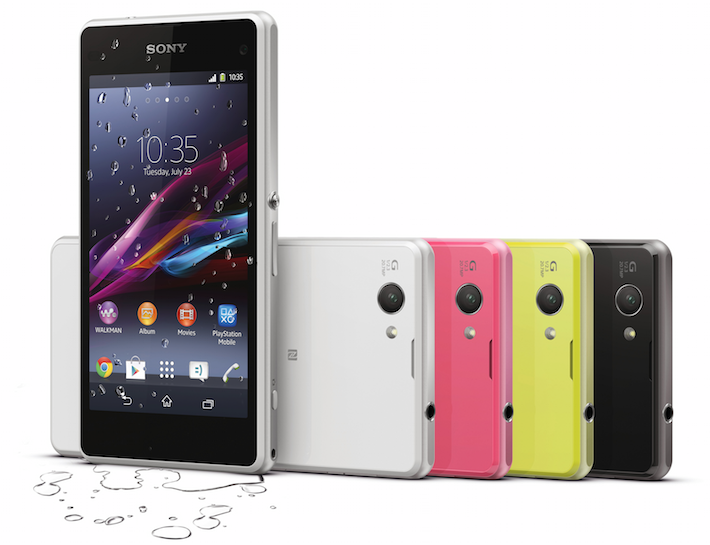For the past three years, Nokia primarily powered its devices with the Windows phone OS but, the limitations of that OS prevented the Nokia phone makers from building a low-priced smartphone. Nokia is now targeting emerging markets with its three low-priced Smartphones that use Google’s Android operating system rather than the Windows operating system.
This giant technology firm followed a new way by introducing three Android Smartphones, Nokia X, Nokia X+, and Nokia XL. These new Android Smartphones are powered by Qualcomm’s 1GHz Snapdragon dual core processor and feature a Lumia-style design with a myriad of color choices. The operating system of these X series is a modified version of Android’s Jellybean, and the home screen looks similar to Windows Phone.
Nokia X: Nokia X Smartphones boast a 4-inch IPS capacitive display and a 3 megapixel rear camera. In addition to this, it also includes 512 MB of RAM and 4GB of storage, which can be expanded through its MicroSD card slot.
Nokia X+: Nokia X+ is almost identical to Nokia X but is packed with more storage space and memory owing to the inclusion of a 4GB MicroSD card and 768MB RAM.
Nokia XL: Nokia XL Smartphones boasts a 5-inch display with a 2-megapixel front end camera and a 5 megapixel rear camera. Like the Nokia X+, it too comes with a 4GB MicroSD card. It also includes 768MB of RAM.
This X-series is not coming to countries where high-end Smartphones reign supreme. For instance, these Android Smartphones aren’t touching the US, Korean, and Japanese markets. Nokia will pump the X series into Asian countries like China, Thailand, India and Mexico.
For more information, visit http://www.nokia.com/global/search/?action=siteSearch&qt=nokia&weight=products
